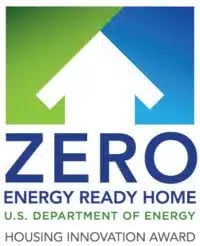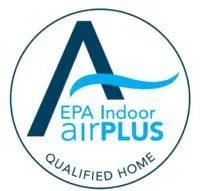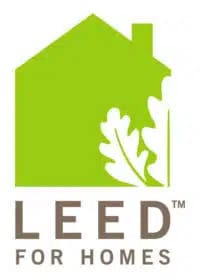“Green building” is a popular term these days. But what does it really mean? When it comes to green home building or remodeling, it’s important to remember that you’ll see the best results by working with an experienced green builder who knows how to make a variety of eco-friendly, energy-efficient products and systems all work together.
Let’s take a look at some of those elements.
Insulation. Insulation provides a barrier between the home and cold and hot outdoor temperatures. A well-built green home includes a variety of insulation techniques. There is, for example, attic insulation that helps reduce the strain on heating and cooling units while keeping all levels of the home at a more even temperature. Another key point for insulation is the garage door. Reducing the heat exchange here can make a major difference to the comfort of the home – especially if there are rooms built over the garage. If you’re doing extensive remodeling or building a new home, another key green building technique is to include exterior wall insulation that creates an additional thermal barrier for your home.
Sealing. As a green builder, we know that unless properly installed, even the most expensive windows and doors won’t make much contribution to your green home. The same goes for ductwork. Our green building techniques include sealing ductwork and framing to reduce energy loss by up to 15%. That lets windows do their job and it prevents you for paying for heated or cooled air to get pumped into wall or floor spaces rather than into your rooms. With windows, there’s an extra element to sealing a green home: using low-emission (Low Emissivity) windows – at least double pane – with Argon gas sealed between them. Again, this reduces the amount of heat exchange taking place to keep energy bills (and your carbon footprint) low.
Rightsizing. You absolutely want Energy Star appliances and an Energy Star heating and cooling system with an excellent SEER (Seasonal Energy Efficiency Rating) score. But here’s one of the common problems with trying to take your home “green:” builders who are inexperienced with energy efficiency will often install a system that is actually too big for the house. They think that a bigger system won’t have to work as hard and will therefore do a better job. It won’t! A system that is too large for the house causes the equipment to cycle on and off too frequently. This quickly wears the unit down as it raises those energy bills homeowners thought they would save with a green home.
Safety. As a green builder, we seek to protect you and the environment by reducing – or avoiding – products that can put out harmful gasses. This can include VOCs (volatile organic compounds) in paints, adhesives, carpet, carpet padding, hardwood flooring and kitchen cabinets. We look for alternatives in each category that meet green building standards for safety.
Check out our website to find out more about our green building and remodeling services!












